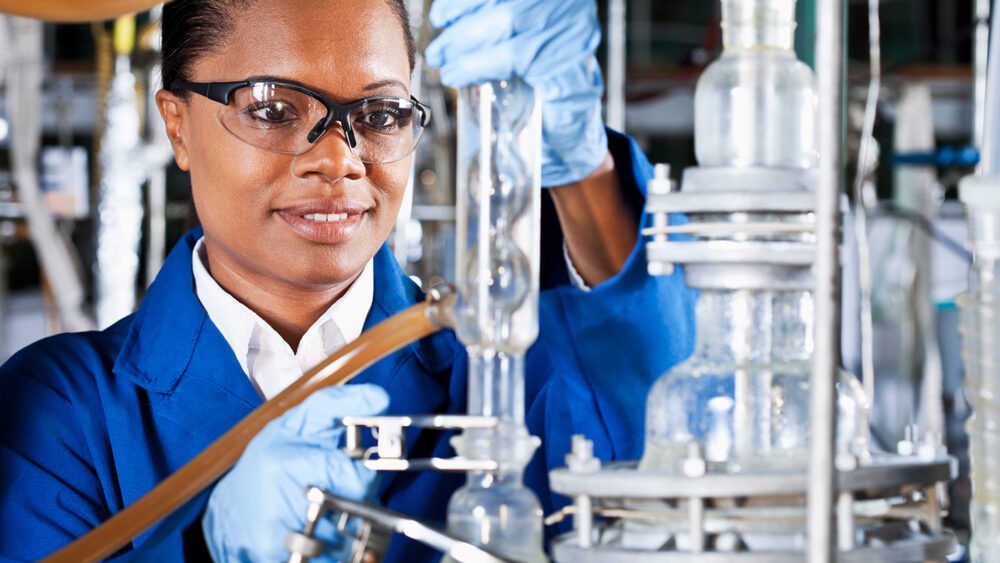
Chemistry in Sports: Textile Chemistry Innovations in Performance Apparel and Sports Equipment
Walking, running, cycling, swimming, yoga, fitness classes and team sports are just some of the seemingly endless options for exercise. In many instances, there is specific clothing and sports equipment for these activities.












